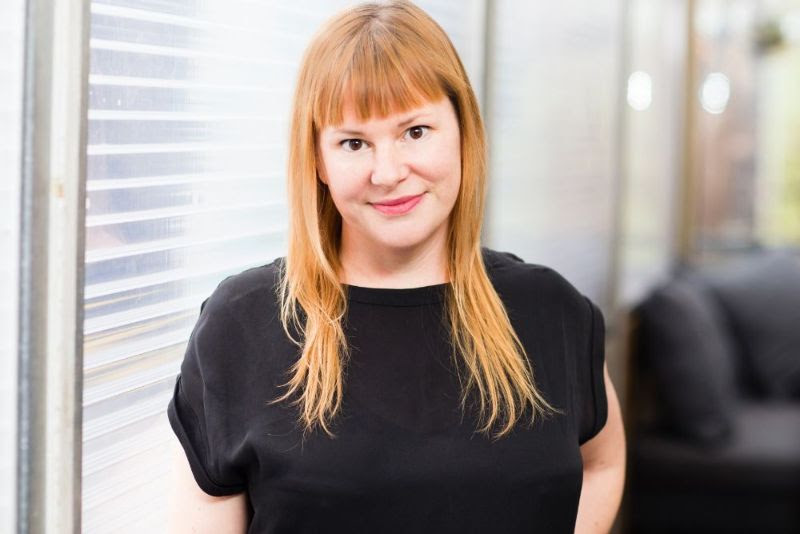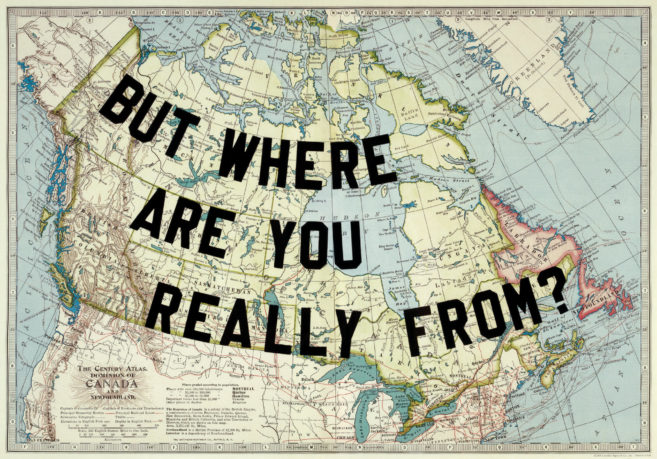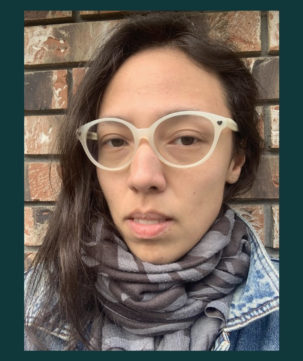In the 20 years since a group of forward-thinking Canadian galleries launched the first Art Toronto fair, much has changed.
The population of the Greater Toronto Area has surged to 6.4 million, making it the fourth-largest and fastest-growing city in North America. The music scene has gone global, from Drake and The Weeknd to Feist and Owen Pallett. Signature architecture has abounded, like Daniel Liebeskind’s crystal at the Royal Ontario Museum and hometown hero Frank Gehry’s elegant expansion of the Art Gallery of Ontario. The Bentway collaborated with New York’s High Line, and MOCA opened in a beautiful new space. And let’s not forget the most important development for many Torontonians, at least in 2019: the Raptors’ first NBA championship win, and related public art tributes on city streets.
“Over the past five to ten years, people are talking about Toronto in a way they never have before,” observes Art Toronto’s new director Mia Nielsen. As she looks to the next 20 years of the fair—which itself has grown considerably—she asks, “How can we keep talking about that? How can we keep that energy up?”
Nielsen observed firsthand Toronto’s rising arts profile over her years curating for the Drake Hotel and travelling to venues like the Venice Biennale, Art Basel and Frieze Los Angeles.
“To me, one of those tipping points was when Vogue mapped the world’s coolest neighbourhoods, and mumber two was West Queen West,” Nielsen says. “I know for the Drake that was a game-changer, something that galvanized an international audience.”
And it’s a phenomenon she aims to leverage now, to the benefit of the wider Canadian art scene.
“Nothing would make me happier than seeing a Mary Pratt painting next to a Tau Lewis sculpture, or a Sara Cwynar photo next to one by Suzy Lake or General idea.”
“A lot of really great artwork comes out of Canada, but doesn’t get recognized that way,” says Nielsen. When I travel, people tell me they didn’t know Rodney Graham is Canadian, or Ken Lum is Canadian, or Zadie Xa is Canadian. The connection gets lost.”
One thing Nielsen is examining for Art Toronto is how to get more international curators to the fair—perhaps through a kind of curatorial symposium like the one she recently attended at the Armory Show in New York. “Art Toronto is 70 per cent Canadian galleries—so it’s a real opportunity for people from other places to see what is going on here,” says Nielsen.
Nielsen also wants to pay homage to the spirit of art dealers and collectors who’ve brought the Toronto scene to this point, and do them proud. These are people like David Mirvish, who guided Nielsen’s York University art class through his renowned Abstract Expressionist collection in the 1990s, or Ydessa Hendeles, whose foundation on King Street West was worth the lineups Nielsen and hundreds of others used to stand in before openings in the 2000s.
“I remember David Mirvish told us that as a good collector, you can’t just buy the best work—you have to create a context for the best work,” says Nielsen. “I believe that collecting isn’t just about decorating a house or investment value—it’s really about the stewardship of culture.”
Like the city she lives in, Nielsen is ready to change, grow and adapt. Possibilities for Art Toronto in coming years could include more exhibition spaces within the fair, events throughout the year, flexible entry points for galleries and public art work.
“Fairs in more established markets always have to do things in a certain manner,” says Nielsen. “But I think there’s perhaps more freedom here to play with the system and shake it up a bit.”

 Mia Nielsen is the new director of Art Toronto, Canada's largest modern and contemporary art fair.
Mia Nielsen is the new director of Art Toronto, Canada's largest modern and contemporary art fair.






